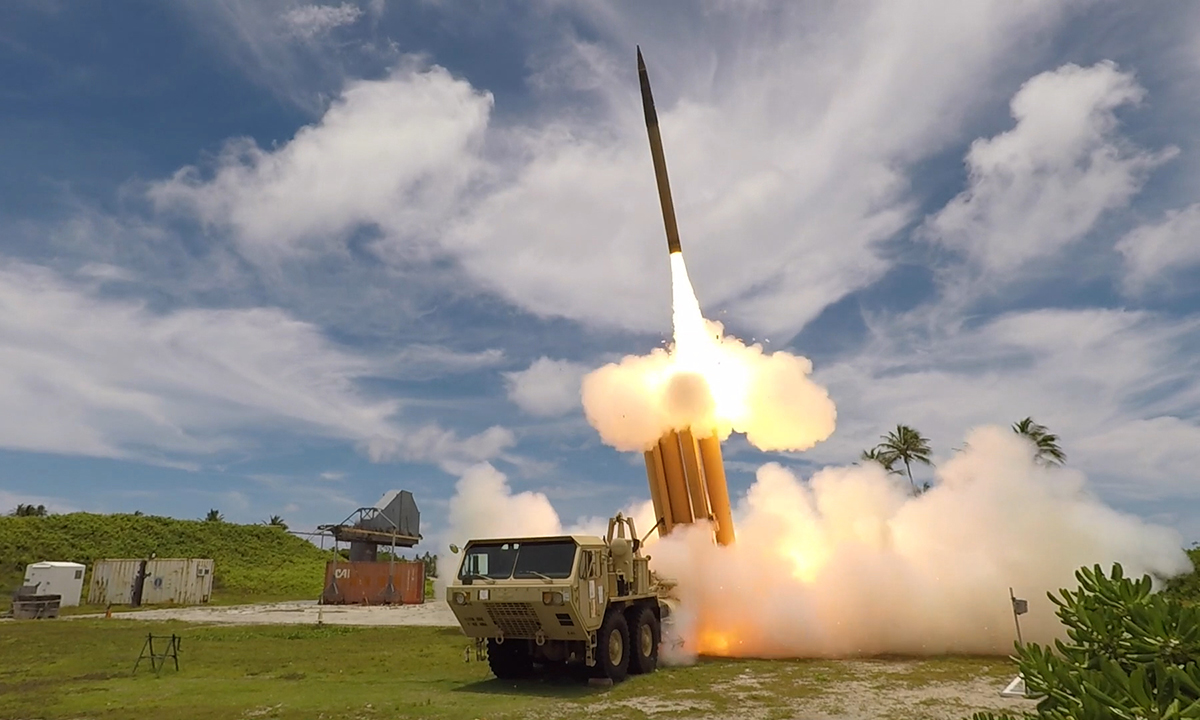A presentation titled "Move Fast, Think Big," delivered to 3,000 defense contractors in Alabama last week, revealed the unprecedented complexity of the US's planned missile defense system, dubbed "Next-Gen Interceptor (NGI)," Reuters reported on 12/8. The ambitious project carries a projected cost of $175 billion.
The NGI envisions four layers of defense. The first involves a network of space-based sensors designed for early warning, tracking, target identification, and "missile defense." Three additional ground-based layers will incorporate interceptor missiles, radar, and potentially laser weapons. Eleven short-range missile defense batteries will be deployed across the continental US, Alaska, and Hawaii.
A new missile site, potentially located in the American Midwest, will house the furthest-reaching defense layer. This layer will consist of Lockheed Martin's Next-Gen Interceptor (NGI) missiles and the Terminal High Altitude Area Defense (THAAD) system.
 |
US Secretary of Defense Pete Hegseth stands next to an illustration of the NGI system at the White House on 12/5. Photo: AP |
US Secretary of Defense Pete Hegseth stands next to an illustration of the NGI system at the White House on 12/5. Photo: AP
The NGI represents a modernization of the Ground-based Midcourse Defense (GMD) network, which currently includes radar, interceptor missiles, and other equipment. The GMD, with two sites in California and Alaska, serves as the primary defense against intercontinental ballistic missiles targeting the US.
The presentation highlighted ongoing uncertainties regarding the NGI's basic architecture. The precise number of launchers, interceptor missiles, ground bases, and missile sites remains undetermined. Technical hurdles include communication latency between defense systems.
A primary objective of the NGI is to intercept targets during their boost phase shortly after launch, when their speed and trajectory are more predictable. The project also aims to deploy space-based interceptors for faster target engagement.
According to the presentation, while the US has developed both interceptor missiles and re-entry vehicles, it has not yet perfected a device capable of withstanding the extreme heat of re-entry while maintaining target lock.
The lowest defensive layer will comprise new radar systems, existing air defense complexes like Patriot, and a universal launcher compatible with various current and future interceptor missiles. This new launcher will feature a modular, mobile design to reduce reliance on fixed locations, enabling flexible deployment.
The Pentagon, when asked for comment, stated that it is gathering input from the defense industry, national research institutions, and government agencies to support the NGI. However, they stressed that releasing further information at this early stage would be "imprudent."
 |
A THAAD battery fires during a test in the Marshall Islands in 8/2019. Photo: MDA |
A THAAD battery fires during a test in the Marshall Islands in 8/2019. Photo: MDA
President Donald Trump initially ordered the development of this defense system, initially called "America's Iron Dome," in January to protect the entire US from advanced missile threats. Officials later renamed it Next-Gen Interceptor (NGI), seemingly to distinguish it from Israel's Iron Dome system.
While inspired by Israel's Iron Dome, the NGI is significantly larger in scope due to its broader coverage area and the complexity of the threats it is designed to counter.
The project has been compared to President Ronald Reagan's Strategic Defense Initiative, which aimed to shield the US from nuclear attack but was ultimately abandoned due to cost and technological limitations.
Nguyen Tien (Reuters, AP, AFP)












